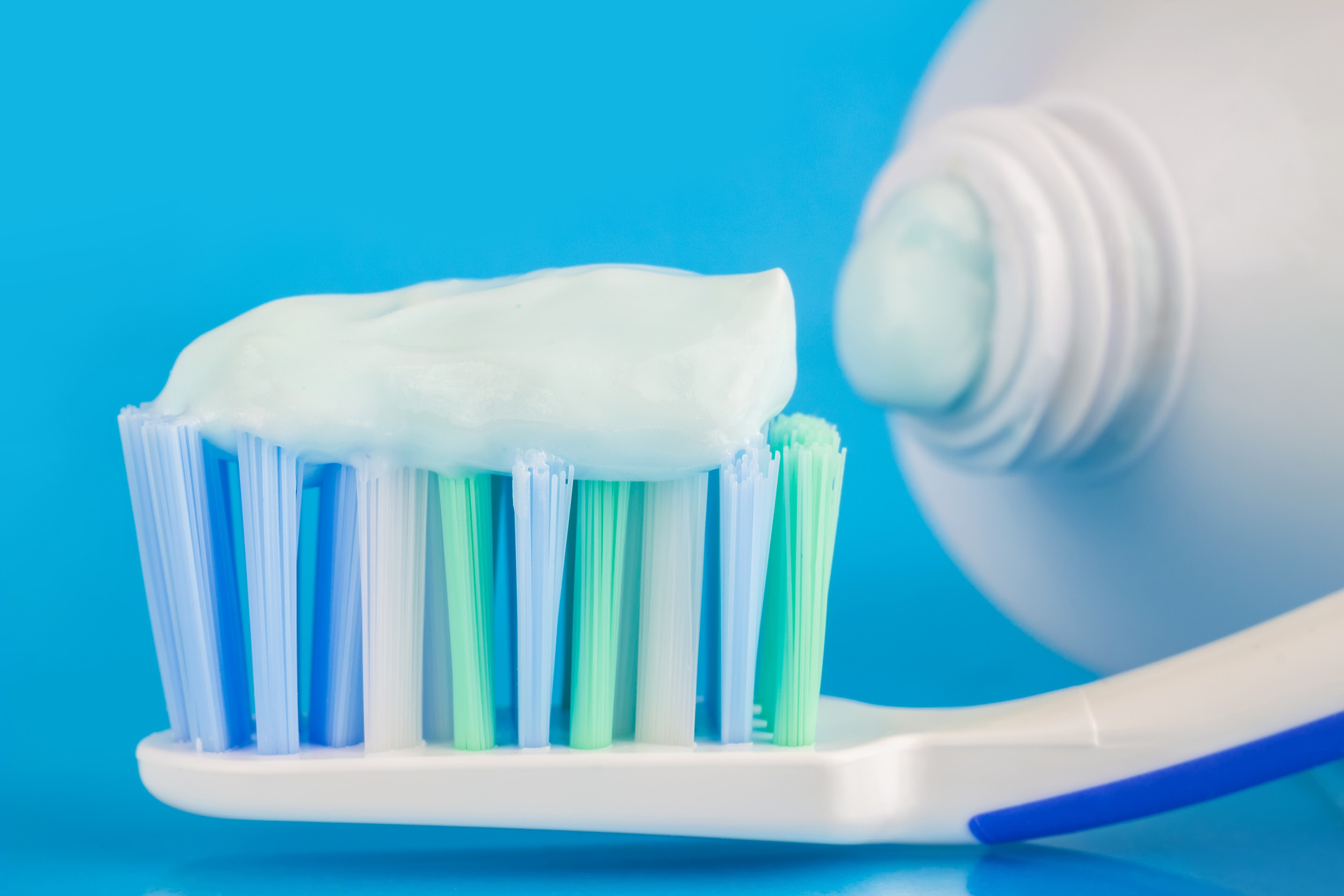
Image Source: 123rf.com
It’s no longer just expensive electronics or designer handbags ending up behind glass—now, some stores are locking up toothpaste. At first glance, this may seem like an overreaction, but toothpaste theft has become part of a bigger shoplifting trend affecting everyday items. Rising theft rates and organized retail crime have made even small, low-cost products targets for criminals. For retailers, protecting profits often means adding new security measures, even for items most shoppers never imagined would be considered “high risk.” Here are eight reasons why some retailers are locking up toothpaste.
1. Organized Retail Crime Isn’t Just About Luxury Items
Many people picture thieves targeting high-end goods, but organized retail crime often focuses on easily resold products. Toothpaste theft fits this category perfectly—it’s small, lightweight, and in constant demand. Criminal groups sometimes steal large quantities to sell at flea markets or online. Because it’s a necessity, toothpaste can be turned into quick cash without raising suspicion. This makes it a surprisingly appealing target despite its low individual price.
2. Everyday Items Are Part of “Shrink” Losses
Retailers refer to lost inventory from theft, damage, and administrative errors as “shrink,” and toothpaste theft has become part of that growing problem. According to retail reports, even small items can add up to significant losses over time. When the numbers get high enough, stores start taking extra precautions. Lockboxes may seem excessive, but they’re often cheaper than losing hundreds of tubes a month. For big chains, reducing shrink is directly tied to keeping stores open in certain neighborhoods.
3. Shoplifting Trends Have Shifted Since the Pandemic
Many retailers say shoplifting patterns changed dramatically after 2020. Economic struggles, inflation, and changes in store staffing all contributed to higher theft rates for household essentials. Toothpaste theft became more common alongside thefts of laundry detergent, razor blades, and baby formula. These items are expensive enough to resell yet common enough to blend into legitimate transactions. Locking them up is one way stores hope to deter both opportunistic shoplifters and organized rings.
4. Self-Checkout Makes It Easier for Small Items to Disappear
Self-checkout lanes have made shopping faster for customers—but they’ve also made small thefts harder to detect. With multiple stations running and fewer cashiers monitoring purchases, small products like toothpaste can slip through unnoticed. Some customers take advantage of the reduced oversight, skipping payment for items they can easily conceal. As a result, toothpaste theft has become part of a broader self-checkout theft problem. Lockboxes force customers to request the item, making it nearly impossible to steal.
5. The Resale Market for Everyday Items Is Surprisingly Strong
Stolen toothpaste isn’t just for personal use—it often ends up in a resale market that’s bigger than many realize. Some thieves sell stolen goods to small stores that then resell them at full price. Others use online marketplaces where stolen merchandise can blend in with legitimate listings. Because toothpaste has no serial numbers and a long shelf life, tracking it after theft is nearly impossible. This ease of resale keeps toothpaste theft profitable for criminals.
6. Lockboxes Are About More Than Just Stopping Thieves
While preventing theft is the main reason for lockboxes, retailers also use them as a psychological deterrent. Seeing an everyday item like toothpaste locked up sends a message that the store is serious about security. It can discourage casual theft and signal to organized groups that the store is harder to target. In some cases, lockboxes are part of a broader security upgrade that includes cameras, alarm tags, and increased staff presence. These measures work together to reduce overall shrink.
7. Not All Customers Are Happy About the Change
Locking up toothpaste might make sense from a security perspective, but it can frustrate paying customers. Shoppers often dislike having to find an employee to unlock a product, especially for something as routine as toothpaste. Long wait times and difficulty locating staff can turn a quick shopping trip into an inconvenience. Some customers even take their business elsewhere when stores make purchasing basic items too much of a hassle. Balancing security and convenience is a constant challenge for retailers.
8. Technology Could Replace Lockboxes in the Future
While lockboxes are common now, some retailers are experimenting with more high-tech solutions. Smart shelving can detect when an item is removed without payment, and AI-powered cameras can monitor small products more effectively. Digital price tags and RFID tracking can also make theft harder without creating barriers for honest customers. As technology improves, toothpaste theft might be addressed in ways that don’t slow down shoppers. Until then, lockboxes remain a practical—if unpopular—solution.
Retail Security Is Changing, Even for Everyday Items
The decision to lock up toothpaste might seem extreme, but it reflects a bigger shift in how stores protect their products. Toothpaste theft has become part of a broader pattern of stolen essentials that can be quickly resold for profit. While lockboxes can be inconvenient, they also help prevent losses that could lead to higher prices or store closures. For now, it’s a sign of the times: in today’s retail environment, no product is too small to protect.
Have you noticed toothpaste or other everyday items locked up at your local store? Do you think it’s a smart move or an inconvenience? Share your thoughts in the comments.
Read More
Why Are Some Stores Moving High-Risk Items to the Front of the Store?
What Grocery Stores Hope You Never Notice About Their Pricing Displays
